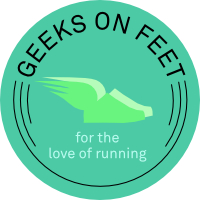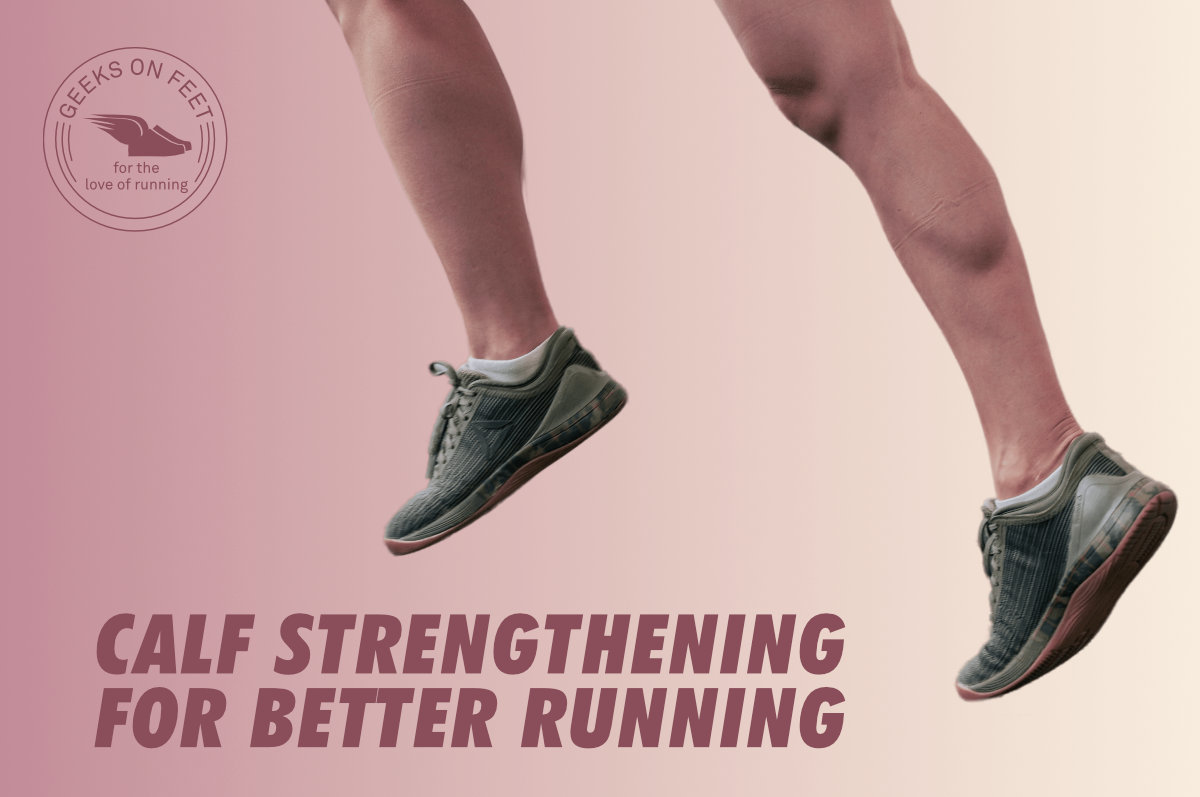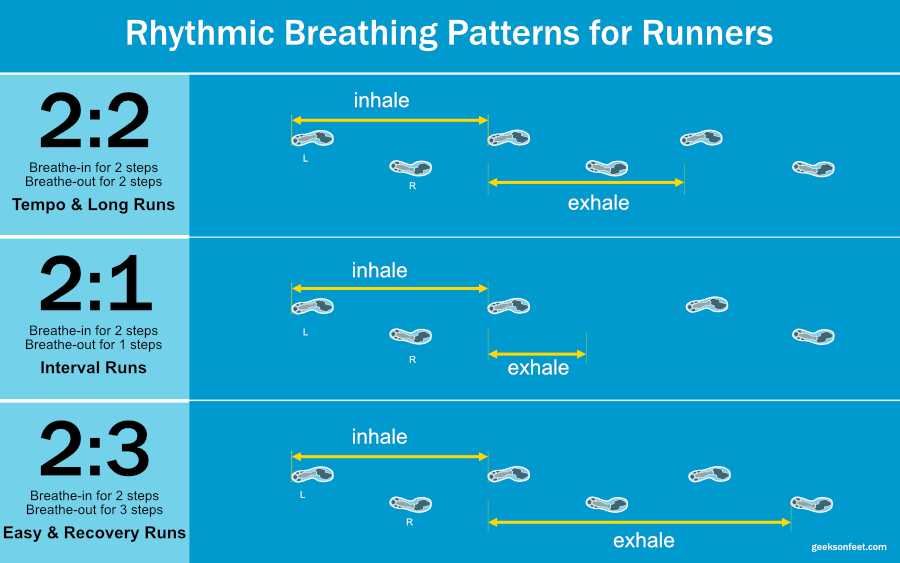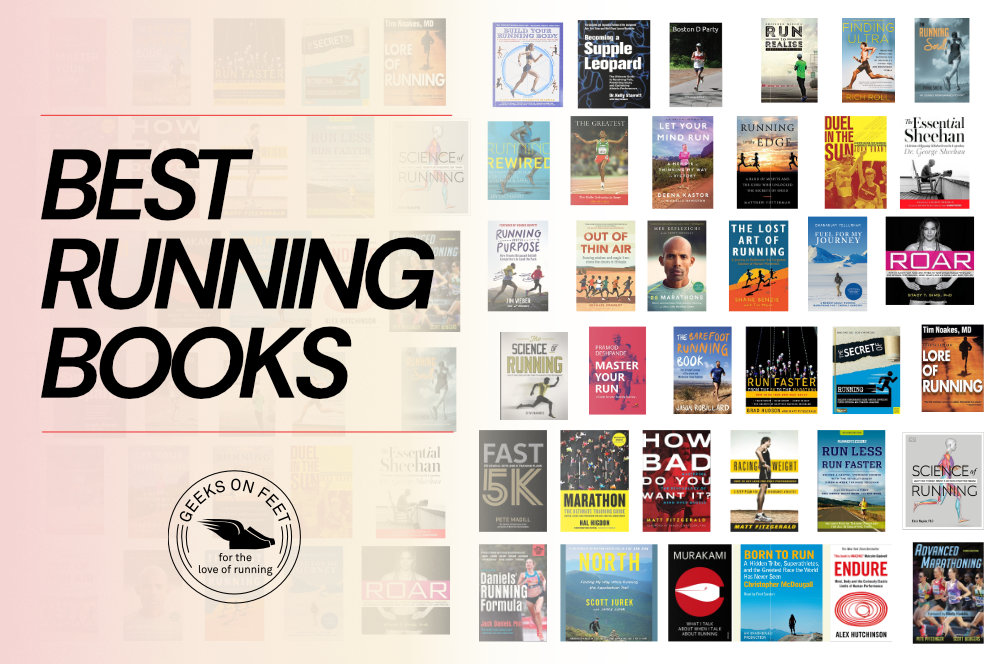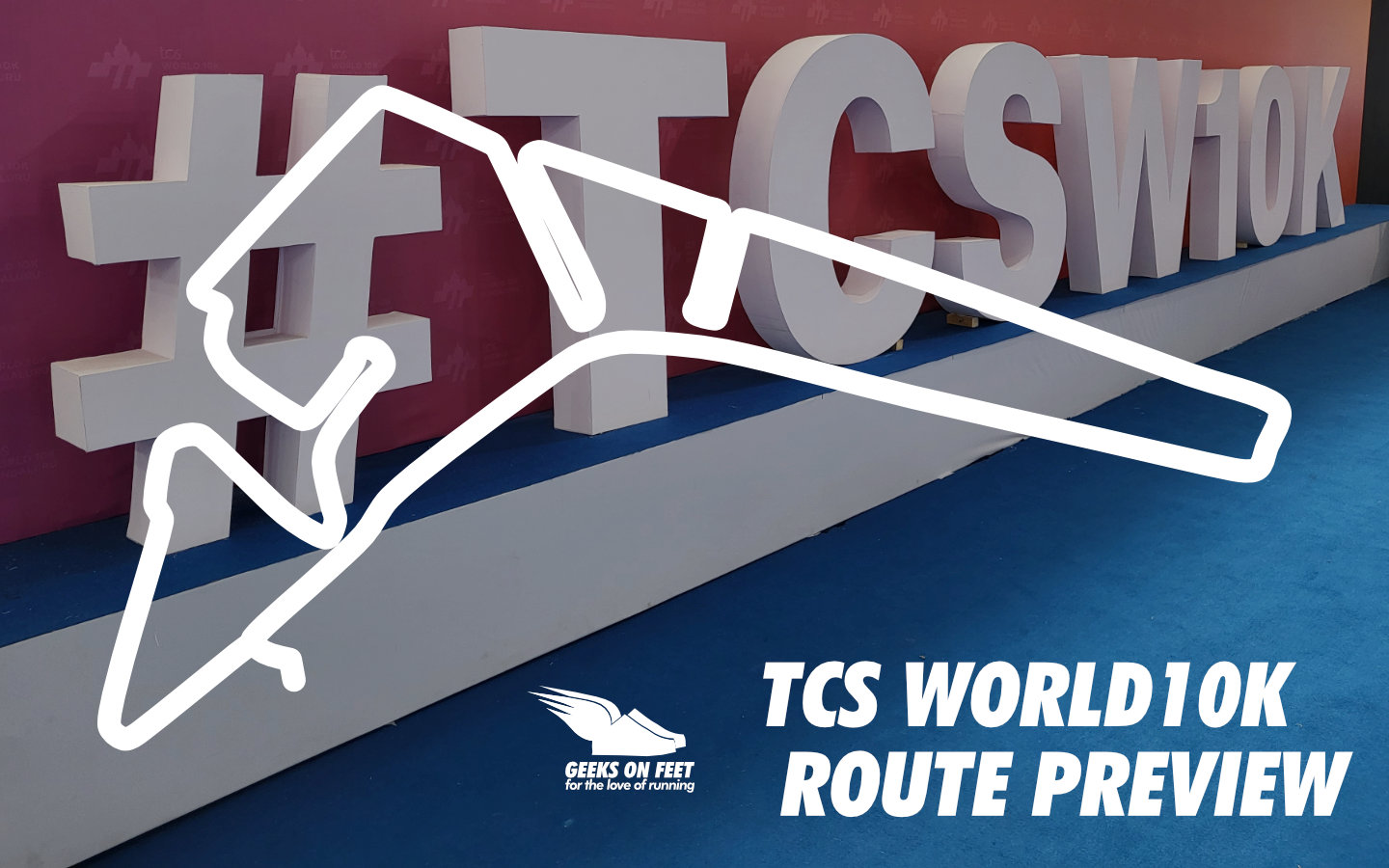Efficient Breathing for Runners
Belly breathing and Rhythmic breathing techniques to improve running efficiency
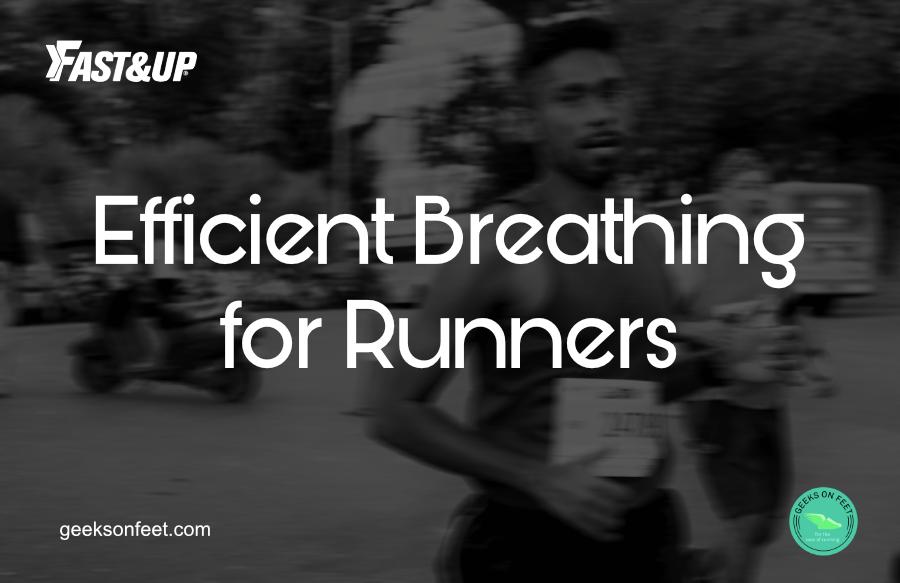
Breathing while running is often overlooked but can be a powerful tool for a runner’s training. Beginners and experienced runners alike have issues with breathing when running. As we increase our time on our feet, it is important that we breathe better to help us in this journey.
Runners often talk about their VO2 max, it is the oxygen-taking capacity during maximum effort while running. Efficient breathing is the first step in improving VO2 max.
One of the common breathing issues when running is Shallow breathing. When we run our muscles work harder, and our body and energy systems need more oxygen to satisfy the energy demand. Shallow breathing essentially reduces the amount of air intake, hence the inefficiency.
- Not exhaling enough is another common issue. As our energy systems increase the oxygen intake, they also produce more CO2. Hence, efficient exhalation is important to take out CO2 from our bodies.
Common effects of inefficient breathing are - side stitches during a run, feeling out of breath, and early exhaustion.
Improving Breathing
While breathing is a natural phenomenon, extra demands of oxygen require us to be more mindful when we breathe. Here are a few techniques that will help runners breathe efficiently and improve performance.
Power Breathing
The first step to improving breathing efficiency is to practice power breathing, which is also known as diaphragm breathing or belly breathing. As opposed to shallow breathing (which only uses lungs), belly breathing uses the more powerful muscles of the belly. Belly breathing creates more space below the lungs and allows diaphragm to lower down and increase the air intake capacity. During the exhalation, the diaphragm moves upwards, pumping out the toxic air powerfully.
Breathing through Mouth
While nose breathing has benefits, when we exert it is important we need all the air we can. Breathing through the mouth is an effective way to inhale and exhale oxygen during running. Breathing through both mouth and nose simultaneously is even better.
Rhythmic or Ratio Breathing
Matching your steps with breathing in and out is the most efficient way of breathing. Rhythmic breathing stimulates parasympathetic nervous system (PNS). PNS is key in controlling both physiological and psychological aspects of running performance.
- The general rule is to take 2 steps to breathe in and the next 2 steps to breathe out. Known as the 2:2 breathing pattern, it is the most common pattern used in tempo runs and long runs. However, as we increase or slow down the pace, we can adjust the pattern.
- 2:3 (easy running in/out), and for hard workouts 2:1 (two steps breathing in and one step breathing out)
While the patterns above are comfortable for many runners, there are exceptions too. Some runners are more comfortable in using a 3:3 breathing rhythm (3 steps breathing in and 3 breathing out). We have also seen many runners use 3:4 breathing patterns for recovery and easier runners.
So be mindful of your breathing, and experiment with different rhythms at different running paces, and find out which patterns work best for you.
Summary
Breathing plays an important role in aerobic running efficiency. Key techniques that can be practiced as part of Running Training:
- Power Breathing
- Breathing through Mouth
- Rhythmic Breathing
Experiment different breathing patterns, and find what works best for you.
Compiled by Team GeeksOnFeet for the love of running
If you are a running enthusiast, follow us on our social media channels @geeksonfeet on Twitter, and GeeksOnFeet on Instagram and Facebook for updates.
